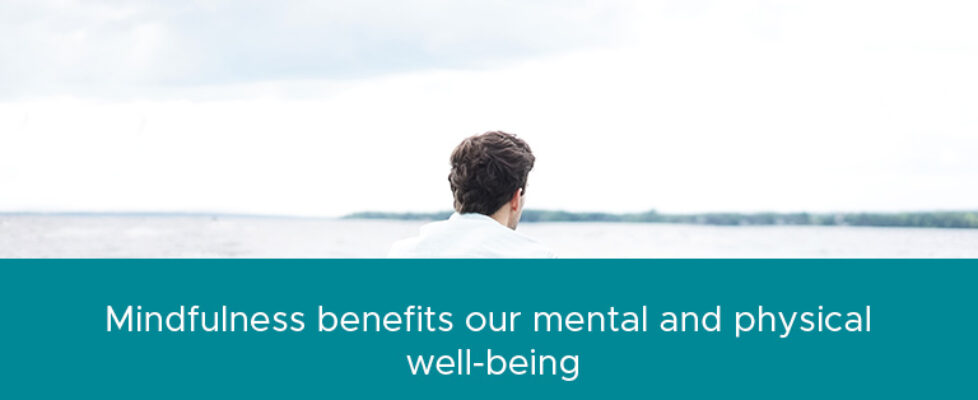Mindfulness: Why it’s Good for Your Health
In a busy world that’s pulling our attention from different directions, it’s easy to lose our focus on ourselves. We get so caught up trying to accomplish the day’s tasks that we neglect to pay attention to what we’re thinking and feeling and being connected with the moment. Did you notice how energized you felt upon waking up this morning or did you notice that geraniums are in bloom on your way to work?
A key element in minimizing stress and promoting happiness, mindfulness is the practice of deliberately focusing one’s attention on the present moment. Mastering mindfulness benefits the mind and body.
Let’s dig deeper into mindfulness, why it’s good for your health, and some ways you can practice it daily.
Mindfulness defined
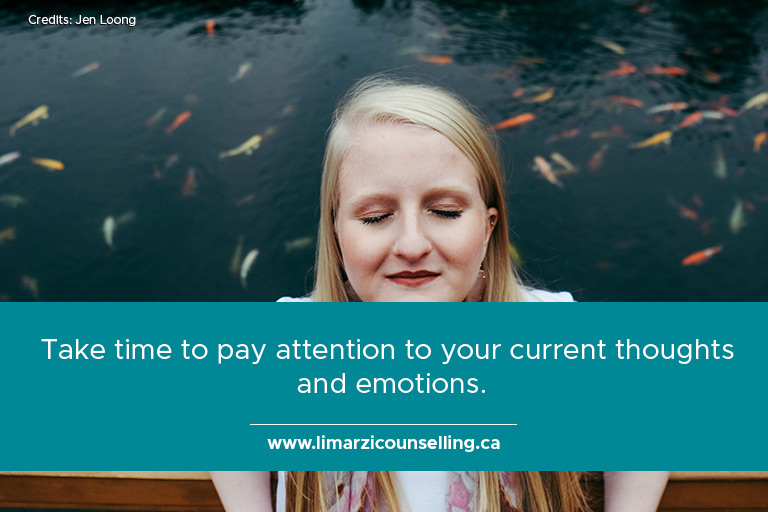
In the simplest sense, mindfulness means being present. It’s about noticing what’s taking place inside your mind and body and getting attuned to your surroundings. When you’re being mindful, you turn up the volume of your inner world and ground yourself in the reality of the present moment.
Along with zooming into your innermost thoughts and feelings, another essential aspect of mindfulness is accepting that anything that’s happening inside and around you is neither good nor bad. It’s about observing things as they are and refraining from judging circumstances from an emotional standpoint. The opposite of mindfulness is being on autopilot mode where you react to situations without thought or assessment.
You may be on autopilot when you instantly reach for your phone as soon as you wake up in the morning to answer work emails when you meant to catch a few more winks.
Origins of the mindfulness practice can be traced to Buddhism, although many religions use a form of prayer or meditation techniques as a way of shifting thought patterns from preoccupation to an appreciation of the present moment.
How it works

One of the goals of mindfulness is to help people embrace their experiences (including painful emotions) rather than avoid them or dismiss them as unpleasant.
Mindfulness meditation has been an important part of psychotherapy, particularly cognitive behavioural therapy. The combination of these two methods is a great development, considering that both meditation and cognitive behavioural therapy encourage people to come to terms with irrational, maladaptive, and self-defeating thoughts.
Benefits of mindfulness
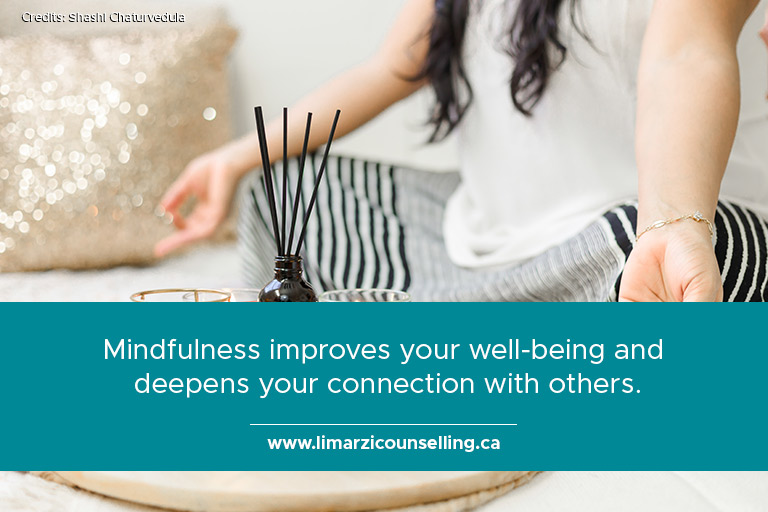
Mindfulness meditation is also incorporated into mainstream medicine. It is believed to alleviate physical and psychological symptoms as well as promote positive changes in attitudes and behaviours.
Here are some of the great benefits of mindfulness:
- It boosts mental health. Psychotherapists have used mindfulness meditation techniques in treating a wide range of problems, including depression, eating disorders, marital conflicts, anxiety disorders, substance abuse, and obsessive-compulsive disorder.
- It encourages physical healing. In recent years, scientists have found out how using mindfulness techniques help relieve certain illnesses. Mindfulness can lower blood pressure, relieve stress, reduce chronic pain, treat heart disease, and facilitate better sleep.
- It enhances well-being. Being mindful opens yourself up to positive attitudes that lead to greater satisfaction. When you’re mindful, you’re able to enjoy life’s pleasures as they come. It also helps you to fully engage in many activities and it strengthens your ability to deal with unfavourable events.
When they focus on the here and now, people who practice mindfulness report being less likely to get overwhelmed by worries about the future or wallow in regrets over past mistakes. Mindfulness has helped them become less preoccupied with a lot of concerns and form deeper connections with others.
Basic mindfulness techniques
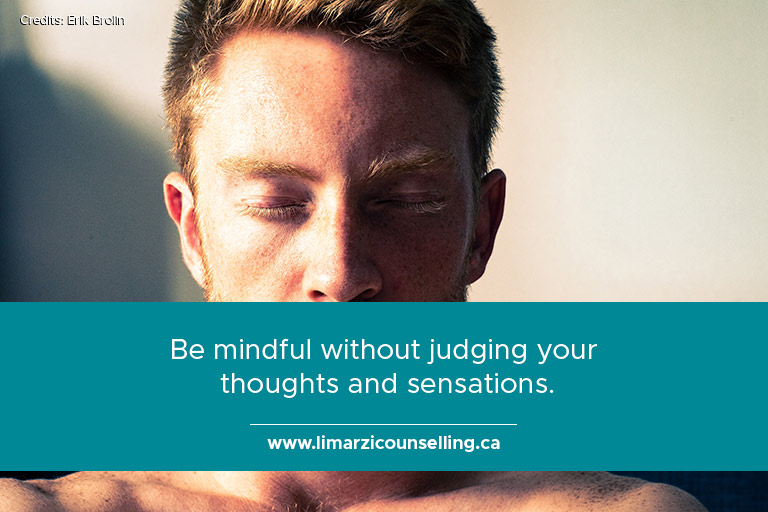
There are several ways to practice mindfulness, but the objective of every mindfulness technique is to be in a state of focused relaxation. To achieve this, you need to be intentional in exploring your thoughts and sensations without judging them. When you do, you’re allowing your mind to focus on the present moment.
Get started with these basic mindfulness techniques:
- Mindfulness meditation – Sit still and focus on your breathing. You can also focus on a word or “mantra” and repeat it in silence. Welcome your thoughts and let them come and go without passing judgment. Simply focus on your breathing or mantra.
- Emotions – Recognize any emotion and let it be present without judgment. In a steady and relaxed manner, name every emotion, be it joy, anger, sadness, or frustration. Accept the presence of these emotions without judgment and learn to let them go.
- Body sensations – Pay attention to the sensations you feel in your body in the given moment, like itching or tingling. Again, notice them without judgment and let them go. Notice sensations you feel from head to toe.
- Sensory – Notice the things you see, hear, smell, taste, and touch. Name each of them without judgment and let them pass.
- Urge surfing – For addictive behaviours or substances, recognize these cravings and let them pass. Notice the way your body feels as the craving comes. Try not to wish for the craving to go away. Instead, recognize it knowing that it will subside.
You can practice these techniques on your own, follow the instructions in books or on video. You may also find it helpful to use an instructor or join a group so you can stay motivated. Find someone who uses meditation techniques that are consistent with your beliefs and goals.
You may also sign up for a medically-oriented program with a meditation component if you have a medical condition. Ask your doctor or hospital for information on local groups.
How to get started on your own
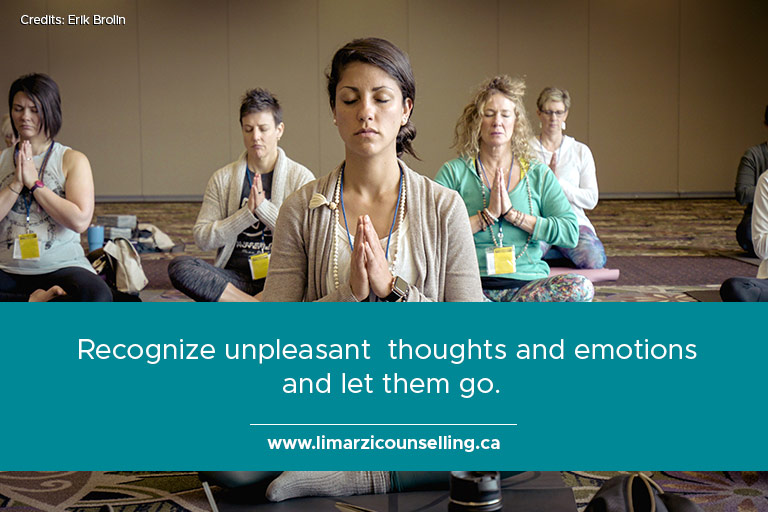
There are types of meditation that largely involve concentration. Repeating phrases or focusing on breathing helps enforce concentration. Here’s how concentration practices work:
- Get in the flow. When you establish concentration, you begin to observe how your inner thoughts, emotions, and sensations flow. Allow them to come and go without labeling them as good or bad.
- Pay attention. With increased concentration comes the capacity to sharply notice external sensations like sights, sounds, and touch that make up an experience. The challenge is neither to hinge on any thought, emotion, bodily sensation, nor to dwell in the thoughts of the past and future. You observe what enters and passes your mind as well as be aware of mental habits that stir a feeling of well-being or suffering.
- Linger in it. Most people may not find this process relaxing. However, it gradually opens up the way to increased happiness and greater self-awareness. This comes naturally as you become comfortable with a diverse range of experiences.
Practice acceptance
In essence, mindfulness involves a great deal of acceptance of anything that emerges in your consciousness in a given moment. And while you’re at it, you need to show kindness and forgiveness to yourself.
- Redirect. If you find your mind wandering into daydreaming, criticizing, or planning, notice where you lost your focus and gently redirect it in the present.
- Retry. If you miss your planned meditation session, start again.
Practicing acceptance during meditation makes it easier to embrace whatever situations that may happen throughout the day. The reap the full effects of mindfulness to your well-being, you need to do it regularly. For a lot of people, it takes their mind at least 20 minutes to get settled. This is a good way to start. The ideal duration of meditation is 45 minutes and should be done for at least six days a week. However, you can start by practicing the techniques stated above for shorter periods.
If you want to learn more about mindfulness meditation and discover more ways to improve your mental, emotional, and physical well-being, contact Wendy Limarzi’s Depression and Relationship Counselling Services. We offer a wide range of therapy services to help you live a long and fulfilling life. Call us at (519) 253-1519 or fill out this form to send us an instant message.

